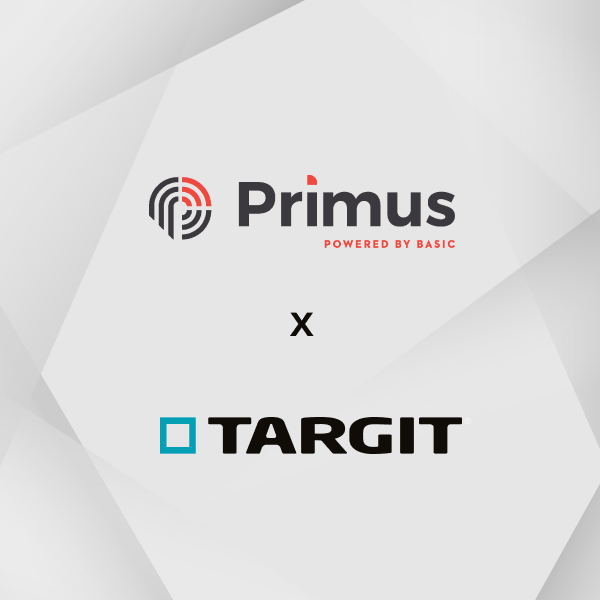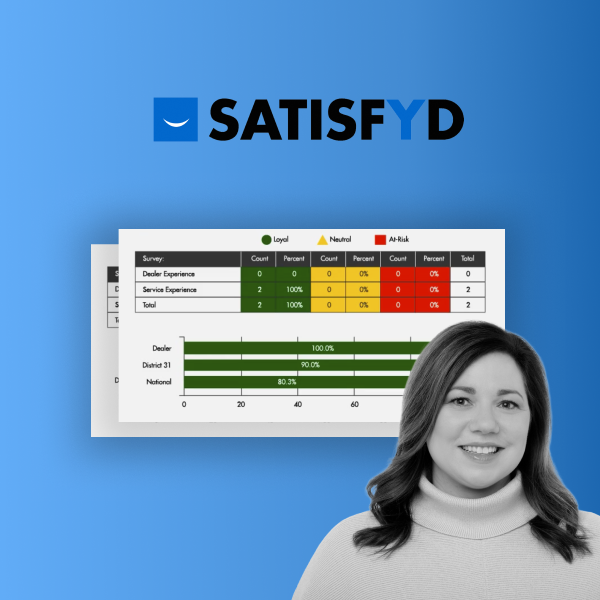Information overload. We hear it all the time as a major deterrent to the success of a business intelligence (BI) project. It's a problem that spans not just the heavy equipment sales and rentals industry, but every industry across the board.
That's why before fully rolling out any new BI and analytics project, we first sit with end-users within the company and determine their end goals for BI. We ask them to map out the type of insights they want to gather and for what purpose. These data points are a company's key performance indicators (KPIs).
ALSO READ: "What is Business Intelligence for Heavy Equipment?" our online guide that explores how dealers use BI to make informed decisions, increase efficiency, and drive their businesses forward.
Not every new piece of data available deserves to be incorporated into an analytics strategy. Only the most critical KPIs that directly contribute to better decision-making should be regularly measured and monitored. Each department should have its own unique set of KPIs that they closely watch, presented to them in user-friendly dashboards and analyses.
Best KPIs for Heavy Equipment Parts and Inventory Departments
When it comes to your parts and inventory department, there are really only four key metrics that you need to focus on to make more informed decisions. Below, we've outlined the four most important KPIs for the parts and inventory department in the heavy equipment industry.
Turnover percent: Cost of goods/average aggregate inventory value
Inventory Turnover Percent represents the number of times a part must be replaced during a given period of time. This is perhaps the most important KPI for parts and inventory because it reflects the overall efficiency of the entire supply chain.
In this scenario, the cost of goods is the cost for a company to deliver parts to customers, excluding administrative expenses. The average aggregate inventory value is the cost of all items on inventory.
Fill rate percent: Number of correctly serviced requests/total requests
The Fill Rate is the percentage of customer needs that are met through immediate stock availability, not including back orders or lost sales. This is an important KPI because it represents that demand that is likely to be recovered or better serviced with improved inventory performance.
This metric helps dealers understand how well they are servicing their customers. Fill Rate Percent is a key indicator of customer service levels and supply chain efficiency. The more backorders, the worse your fill rate. If a customer needs a part for a project that you don’t have on hand, that’s lost business. Time and supply chain efficiency is key to happy customers with this metric.
Parts Gross Profit Percent
Gross Profit represents the actual profitability of parts. This metric takes several variables into account that are often difficult to attribute hard costs to, such as inventory carrying costs, sales rep commissions, manufacturer and dealer rebates, handling fees, and emergency service fees.
Keeping a finger on the Gross Profit percent of every piece of parts inventory will make it clear what to continue carrying, what to cut, and what to order more of. Dealers typically do a particularly poor job of measuring this calculation, despite having the data at hand. That’s why an analytics solution that delivers important KPIs in easily digestible dashboards is critical.
Repairs and maintenance expense: Repair and maintenance cost/revenue generated
This KPI is the clearest indicator of which units should be removed from inventory. Excessive repairs and high maintenance expenses are the most obvious red flags that a piece of your fleet is costing you more than it’s worth.
Repairs and maintenance costs include preventative maintenance and major repairs. These costs should be recorded at every service instance. Each piece of equipment’s overall repairs and maintenance expense should be between six and eight percent of the total revenues. No machine should exceed repairs and maintenance expenses of 10 percent of the rental revenue generated. Those above 10 percent should be reviewed for the chopping block.
Better Insight for a Better Heavy Equipment Business
Download the full guide today to see user-friendly dashboards, learn BI best practices, and see the best KPIs for every department of your heavy equipment business.




